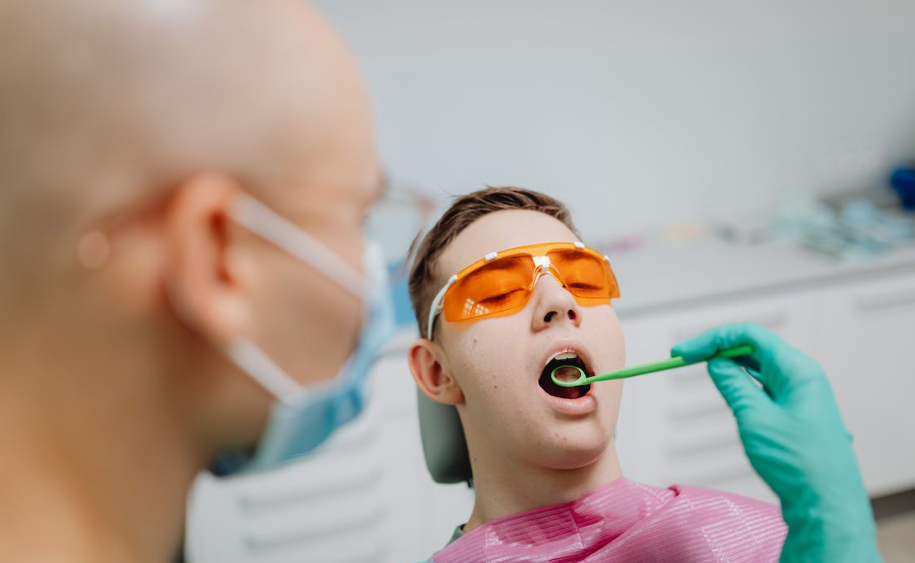
The Fascinating Evolution of Dental Procedures Throughout History
While many might squirm at the thought of visiting a dental clinic today, it’s hard to fathom what early dental care must have been like. From primitive tools to ancient practices, dental care has undergone a significant evolution over the years. Let’s dive deep into this captivating journey of dental transformation.
Teeth in the Stone Age
It’s a common misconception that our ancient ancestors had poor dental hygiene. Contrary to this belief, remains from the Stone Age show that people had significantly less decay than individuals today. It’s speculated that their diet, mainly composed of raw fruits, nuts, and meat, played a role. They might not have had toothpaste, but they had naturally abrasive foods that helped clean their teeth.
The Ancient Egyptians and Their Dental Prowess
The Ancient Egyptians are credited for some of the earliest recorded dental practices. They developed toothpaste made of crushed eggshells, pumice, and myrrh. They even had a dedicated ‘dental expert’ known as the Hesyre, who was responsible for taking care of the Pharaohs’ teeth. The famous Ebers Papyrus also contains various recipes and remedies to treat dental pain and diseases.
The Roman Era: Dental Innovations and More
While the Romans enjoyed sugary foods, they were also no strangers to dental issues. However, they came up with some unique solutions. The use of oyster shells and crushed bones as an early form of toothpaste is one such innovation. Another fascinating aspect is their use of gold crowns and fixed bridgework—this indicates that some form of cosmetic dentistry existed even then.
Medieval Dental Practices: A Mixed Bag
The Middle Ages weren’t known for their hygiene, and this, unfortunately, extended to dental care. With limited understanding and a lack of proper tools, dental treatments were more about extractions. However, they had interesting pain relief methods. Clove oil, for instance, was a popular remedy for toothaches.
Modern Dentistry and the Role of Technology
It wasn’t until the 18th and 19th centuries that dentistry began to look familiar to what we see today. The development of the dental chair, the introduction of anaesthesia, and the advancement in tools and techniques have redefined dental care. Nowadays, with technology on the rise, dentistry has embraced various innovative procedures.
Speaking of modern dentistry, the suburb of Marsden Park in Sydney boasts state-of-the-art dental clinics. For those residing in the area, getting a check-up at a trusted Marsden Park dental professional ensures you’re benefiting from centuries of dental evolution.
The Role of Diet in Dental Health
Our diet plays an essential role in our dental health, even today. Sugary foods, aerated drinks, and acidic foods can lead to cavities and other dental issues. Conversely, foods high in calcium, like milk and cheese, promote stronger teeth. Maintaining a balanced diet and regular dental visits go hand-in-hand in ensuring optimal oral health.
Conclusion
The journey of dental care, from the primitive methods of the Stone Age to the advanced procedures of today, is truly remarkable. Modern dentistry, with its cutting-edge techniques and tools, ensures patients receive the best care possible.
However, understanding history gives us a deeper appreciation for the comforts and expertise we have access to today. Whether it’s the rich history or the innovative techniques, the world of dentistry is more fascinating than we often give it credit for.
And, for those interested in the impact of diet on dental health, there’s a plethora of information available in various articles that delve deep into this topic.
